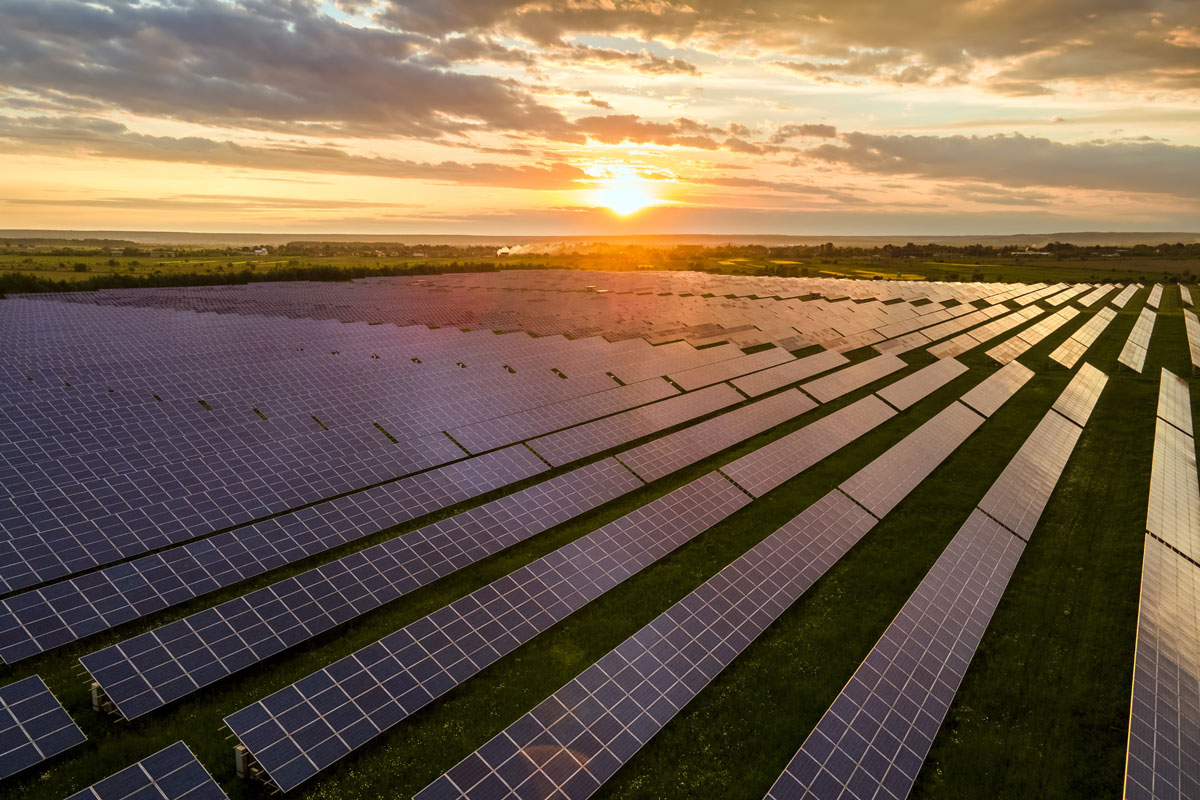 Is there a better place than cropland for solar farms?
Is there a better place than cropland for solar farms?
Feb 01, 2024
ARLINGTON, VA – On January 16, Texas rice farmer Ken Danklefs testified during an online listening session hosted by the U.S. Department of Agriculture (USDA) and the U.S. Department of Energy (DOE) to provide his perspectives on “the benefits and challenges of the rapidly increasing levels of clean energy being sited on agricultural lands and in rural communities.”
Danklefs highlighted the negative impacts of solar in the rice growing area south and west of Houston, particularly citing the major loss of productive farmland. More than 50,000 acres of land that would traditionally have been devoted to rice and other row crop production has been lost to the installation of solar farms in the last couple of years.
“In my adult life, I’ve witnessed the loss of thousands of acres of farm ground from urban sprawl and development west of Houston, and from gravel and sand mining,” said Danklefs. “Who would have thought that would be miniscule compared to what will be lost over only five to seven years to solar farming.”
Once the largest rice-producing state in the U.S. at nearly 600,000 acres, Texas more recently has planted an average of 175,000 acres over the last five years.
Most of the rice farmed in Texas is done by tenant farmers, or those who lease the land from a landlord. Danklefs is a third-generation farmer from Garwood, Texas, who has farmed 43 rice crops entirely as a tenant during his career.
Solar contracts, along with subsidies offered by the federal government, result in unsustainable competition as the solar leases can be up to triple the rate per acre of what a rice farmer is able to pay a landlord, particularly in an environment where the cost to produce a rice crop remains at breakeven or marginally profitable. Not to mention, solar leases are set for longer-term arrangements – in essence for perpetuity.
Danklefs highlighted the impact on not only rice production, but also consumption. Noting the per capita consumption in the U.S. at approximately 25 pounds of rice annually, Danklefs said, “On one acre of ground, I grow enough rice to feed 308 people each year. On the 750 acres of rice I will grow this year, I can feed 231,000 Americans. And this rice is grown on some of the most suitable ground you will find in the U.S.”
He also underscored the negative implications losing working ricelands will have on the environment, adding: “This ground also happens to be prime habitat for wintering waterfowl, cranes, and shorebirds, with hundreds of acres of water established for them each year, and some on the same land for more than 50 years. Solar farming is forever destroying this habitat.”
Danklefs concluded his remarks, offering, “This is all due to solar companies being able to pay many times more to rent land than agriculture can through subsidies and tax credits from the federal government such as the Section 48 Solar Investment Tax Credit, the Production Tax Credit, additional tax credits available under the Inflation Reduction Act, and 50- to 100-percent bonus depreciation.”
The question for American agriculture is: how can we keep from losing too much farm ground, particularly rice ground, to solar farming?